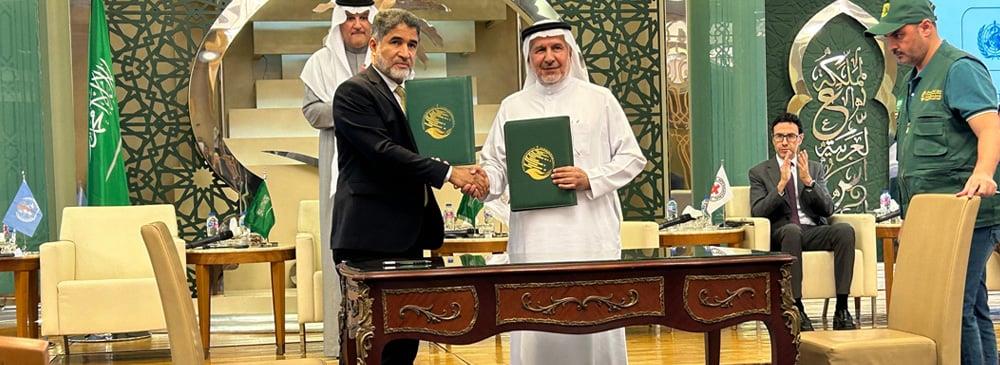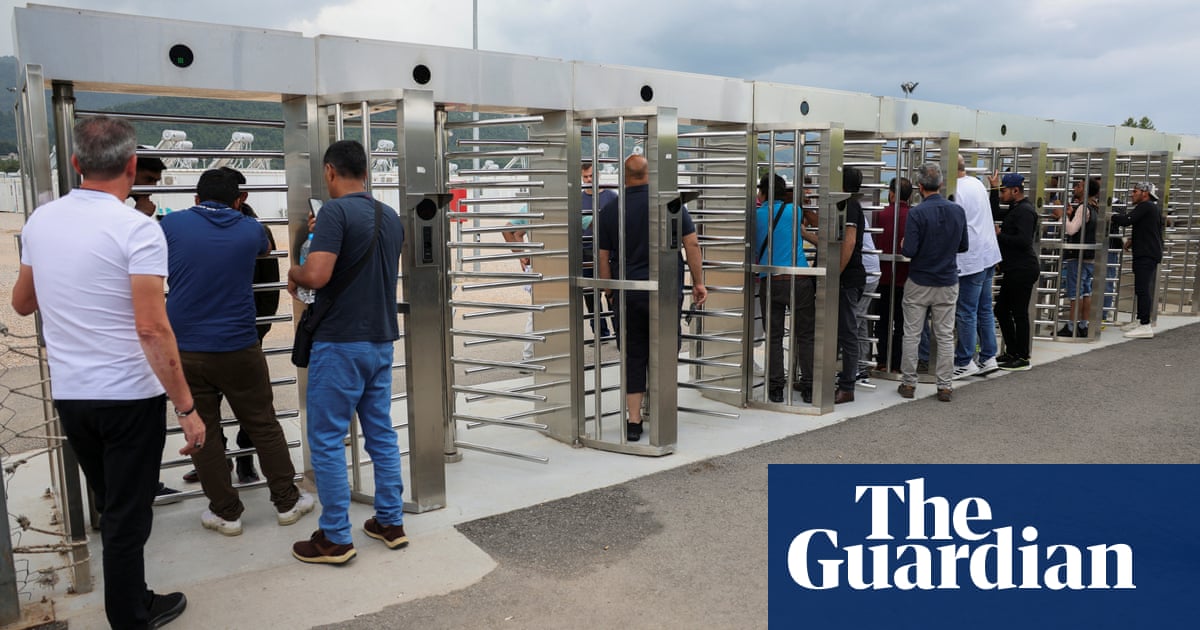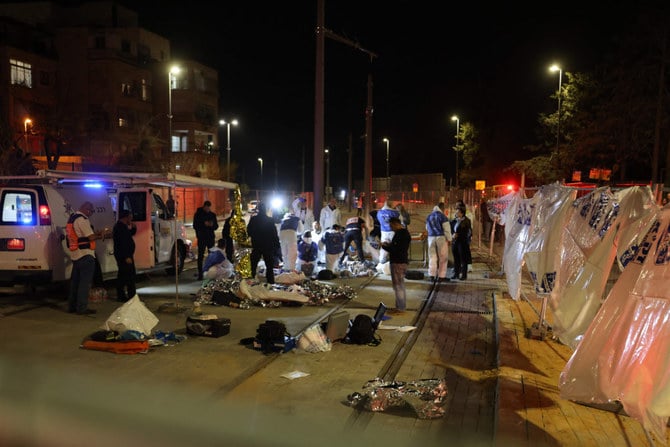
Last week, Iran’s rush to launch a satellite into orbit ultimately failed — the latest in a string of mishaps that have prevented the country from significantly upgrading its ballistic missile capabilities after at least three other attempts, or so Washington thinks.
The latest attempt faltered after a Simorgh (Phoenix) rocket could not reach the requisite speed to put the Zafar 1 (Victory) satellite into space. This dogged pursuit to improve its extra-terrestrial capabilities despite a bevy of sanctions, international isolation and mounting domestic woes is certainly troubling, continued uranium enrichment (and regional warmongering) notwithstanding.
Without a check on these aggressive escalations, the region faces a dark future, where even a revitalized JCPOA or a conciliatory post-Trump global community will lack decisive means to scale back Tehran’s ambitions. The country managed to place a satellite in orbit in 2009, 2011 and 2012 — leading experts to conclude that these latest failures are “trial and error” attempts, with the expectation that they will eventually “get it right”.
Tehran dismisses such concerns, with Information and Communications Technology Minister Mohammad Javad Azari Jahromi insisting that the satellite was for communication purposes and that the launch failure was not a setback but an opportunity for additional launches. However, those comments fall flat considering that the launch of the satellite was meant to coincide with February’s anniversary of the 1979 Islamic Revolution.
Iran usually unveils major advancements, technological achievements for its armed forces, space ambitions and its growing nuclear program during these celebrations. Lavishing such pomp on a mere communications satellite would be rather incongruous, given past precedent. The unveiling of a new ballistic missile has also been cited as a cause for concern that Iran’s attempt to place a satellite in orbit was a cover for the development of longer-range intercontinental ballistic missiles (ICBMs).
Iran’s ballistic missile program skirts by 2018 UN resolutions aimed at curbing their development, especially with regard to missiles capable of delivering nuclear weapons. The concern for Washington and its allies in Europe is that continued nuclear enrichment, combined with enhanced launch capabilities, would inevitably lead to the development of nuclear-armed ICBMs.
Should that become a reality, it would significantly up the ante at a time when tensions are already sky-high between Washington and Tehran. The former’s “maximum pressure” campaign and killing of Qasem Soleimani, has failed to curb the latter’s nuclear programs, ballistic missiles development and aggressive destabilization efforts in Syria, Yemen and the Gaza Strip.
Now, the Islamic Revolutionary Guard Corps (IRGC) is touting a new generation of engines made of lighter composite materials, as opposed to previous steel models that were heavy, tested on the Raad-500 missile seen days before 41st anniversary of the Islamic Revolution. Unlike the Simorgh, the new Zoheir engines are designed to put satellites into space — and eventually, future models will likely power ICBMs from the IRGC’s secretive Project Kowsar, that can threaten the whole of Europe.
Without a check on Iran"s aggressive escalations, the region faces a dark future, where even a revitalized JCPOA or a conciliatory post-Trump global community will lack decisive means to scale back Tehran’s ambitions.
Hafed Al-Ghwell
Worse yet, there is further room to expand such capabilities because any launch vehicle that is able to orbit a world-circling satellite could be used to deliver warheads to just about any point on the planet’s surface.
It is obvious that calling Zafar 1 a mere communications satellite is far from the truth. If anything, it marks the beginning of an even more aggressive push to develop lethal strategic capabilities beyond what Iran already has in its arsenal. It coincides with Supreme Leader Ayatollah Ali Khamenei’s calls for boosting Iranian defenses “in order to impede war and put an end to (to the US) threat”. Combined with the IRGC’s penchant for asymmetric operations, these are not idle comments and should be treated as a declaration that Iran remains a formidable power in the region.
The trouble is, the world is notoriously weary of war and aggressive escalations especially after Washington’s combined multi-trillion dollar catastrophes in Afghanistan, Iraq, Syria and Libya. Even when Iran launches missile strikes on US military bases and injures more than a 100 American soldiers —an unthinkable prospect just five years ago — Washington and the Pentagon have shown no interest in ensuring that such strikes will never happen again. In turn, it emboldens the hardliners in Tehran to pursue even more dangerous escalations and push for developing weapons. Iran is looking to construct some five more satellites by March next year.
Ultimately, it appears the impregnable wall of isolation around Iran has crumbled — or has far too many leaks to be an effective deterrent. If it was meant to neuter hardliners and benefit moderates among citizens exhausted by sanctions and a generation of being a pariah state, it did the opposite. If the horrors of war in Syria, Yemen and intractable upheaval in Iraq were meant to corral the international community’s support for tougher punitive actions on Iran, a stubborn anti-war, anti-interventionist sentiment only favors de-escalation. If there is a clear path to curbing Iranian ambitions in the region, it will have to involve the rest of the world too because the US cannot go at it alone and needs to include more than just threats. It also needs a diplomatic solution.
It must be frustrating, carefully orchestrating new strategies only for them to be brushed aside by competing geopolitical interests. For instance, Russia and China holding joint naval exercises with the Iranian navy, despite US naval patrols in the Gulf. In addition, China is still side-stepping sanctions by receiving Iranian crude via “ghost ships” that turn off their transponders to evade tracking, thereby weakening sanctions enforcement.
As a result, a new dynamic appears to be settling in the region and abroad where the calculus surrounding Iran is changing in favor of tolerating it provided they do not harm or threaten interests of far-off powers. Unfortunately, such calculations only leave regional allies and partners more vulnerable to further escalations. In a bid to stop Iran, the world may have just given it the impetus to persist nonetheless — and now, it is only a matter of time until reports confirm a nuclear weapons test at any one of the 10-12 known nuclear facilities in the country.
The Iran issue needs more than just sanctions and threats, it needs more diplomacy as well.
Hafed Al-Ghwell is a non-resident senior fellow with the Foreign Policy Institute at the John Hopkins University School of Advanced International Studies. He is also senior adviser at the international economic consultancy Maxwell Stamp and at the geopolitical risk advisory firm Oxford Analytica, a member of the Strategic Advisory Solutions International Group in Washington DC and a former adviser to the board of the World Bank Group. Twitter: @HafedAlGhwell
Disclaimer: Views expressed by writers in this section are their own and do not necessarily reflect Arab News" point-of-view












